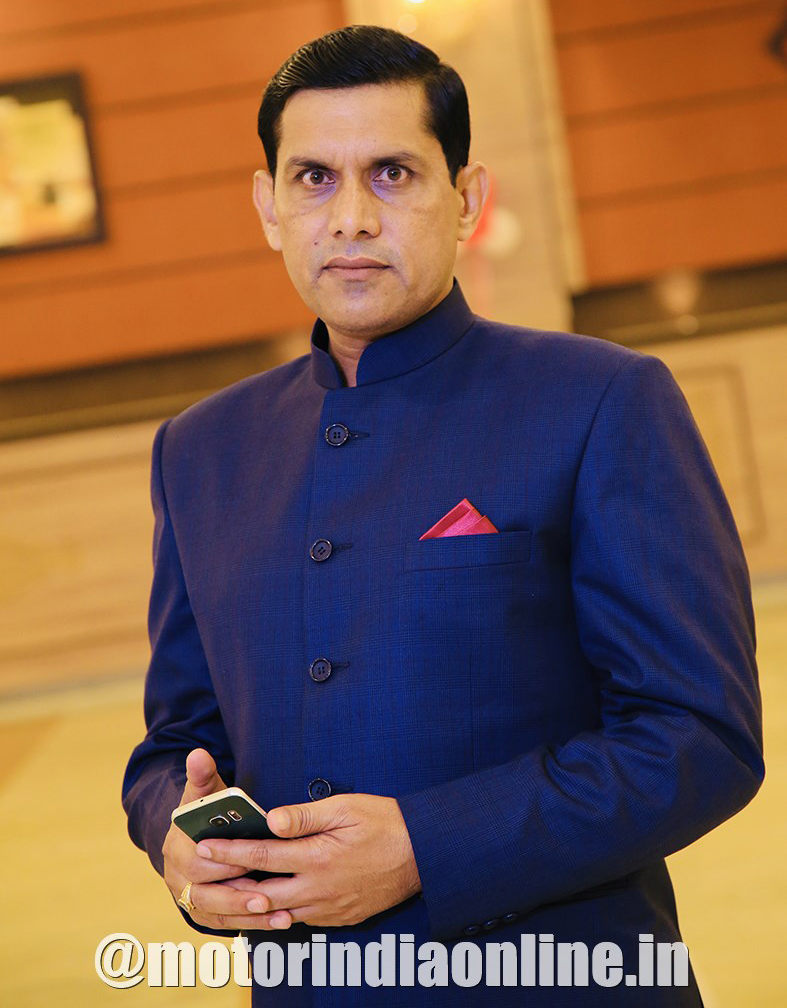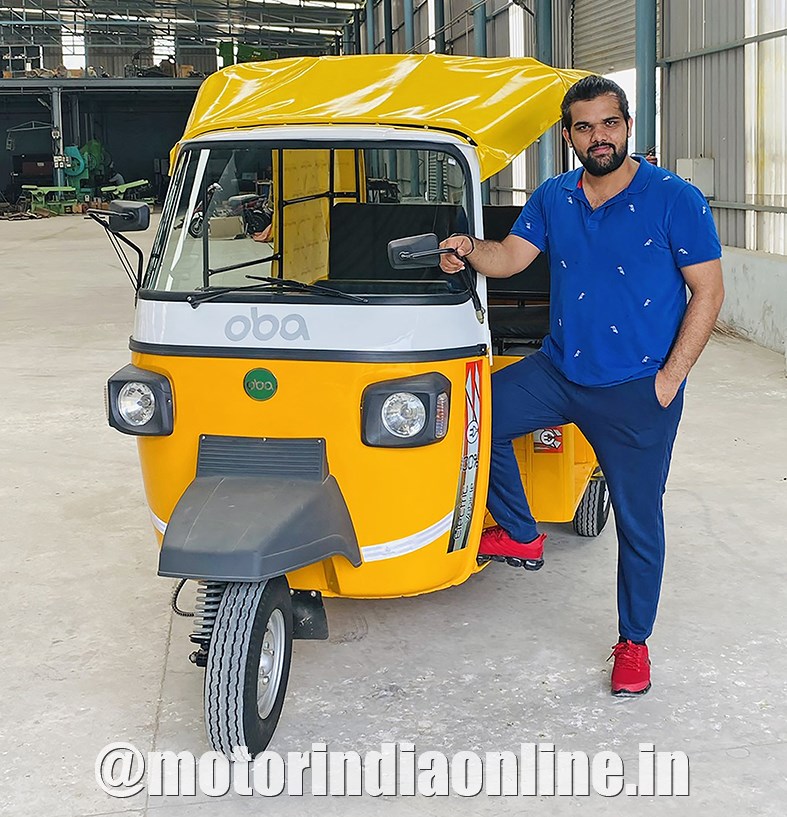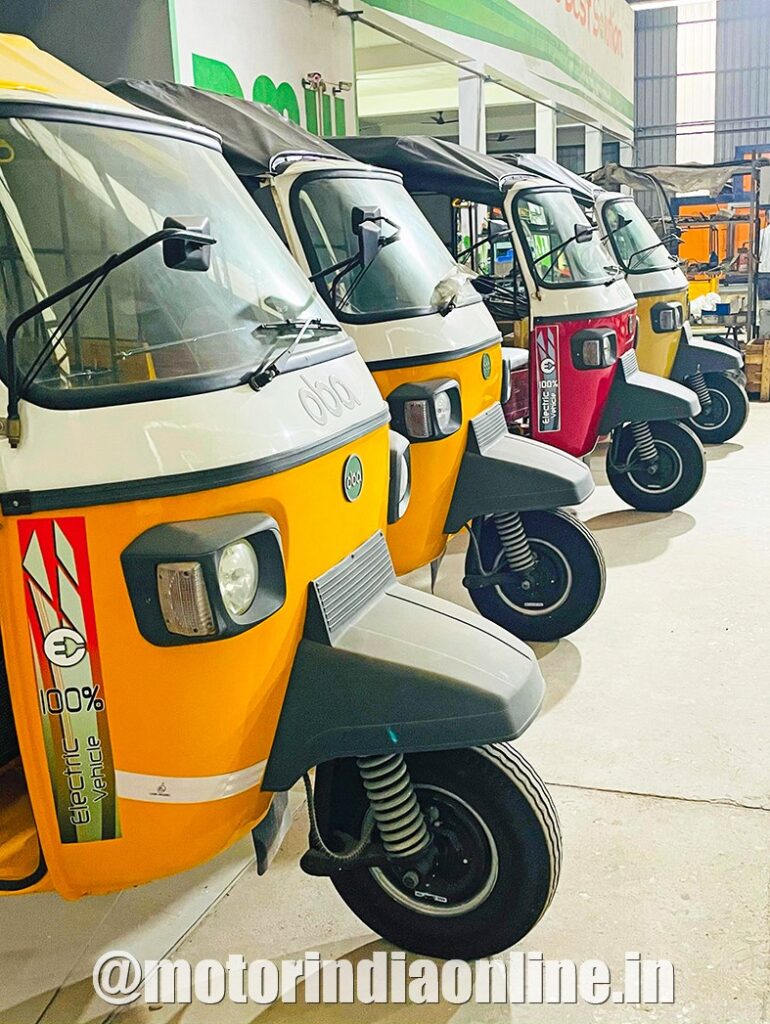With the introduction of the electric rickshaws, Om Balajee Automobile India has not only spread its wings but is gradually commanding an increasing market share in what can be termed as the mobility sector of the future. In this interview with MOTORINDIA’s N. Balasubramanian, the company’s directors Sahab Singh and Vikas Deshwar reply to queries about their products, operational strategies and growth plans

How was Om Balajee Automobile (OBA) established? What is your company’s vision and mission?
Om Balajee Automobile India is a private limited company duly registered under the Companies Act and is engaged in the business of manufacturing, assembling, repairing and servicing of all types of electric vehicles, specifically battery-operated rickshaws, called e-rickshaws. The company was formed in 2005 under the guidance of Sahab Singh who has vast experience of more than two decades in the field of automobile and finance. We started our operations as a distributor of a few leading brands. Soon enough, the company spread its wings across various business verticals and there has been no looking back since then.
In 2014, Vikas Deshwar joined the group and started manufacturing electric vehicles. We have now launched our own e-rickshaw with the brand name ‘OBA’. Our vision is to provide best quality products and services that exceed the expectations of our esteemed customers and to build a long-term relationship while providing exceptional customer service. Our mission is to be able to implement more innovative ideas in the electric vehicles’ market, provide helpful product knowledge and carry out our social obligations. We have 1,000+ members in the family of OBA.
What is the product range you are currently offering? Where do you manufacture your products? And how many units of all models have you sold till date?
We have approximately eight models approved by the International Centre for Automotive Technology (ICAT). The models are branded as C2, CL2, V2, VL2, OBA, OBA Mark–1, S2 and E-Vikas or E-Vikas Ferry. We manage multi-brand showrooms in Delhi and NCR and are the first to start a multi-brand outlet in the e-rickshaw sector in the most organised way. In addition, there are more than 16 states where OBA is currently supplying its products. Till date we have roughly sold around 25,000 units of our models.

We understand that nearly 80% of the components of your electric rickshaw are made in-house? Could you throw some more light on this, as for example, what are the parts that come under this high percentage?
Yes, OBA has about 80% components manufactured in-house which are as follows: brake rod, brake paddle, front box, rear box, pillars, charger, chassis, convertor, Kamani bush, Kamani roof, seat, u-bolt, yellow box and u-bolt plate. Our E-Vikas L-5 model is equipped with 100% indigenous parts.
Which certification agency have you obtained your vehicle homologation and certification from?
We have obtained our certification form ICAT. All our models are approved by ICAT and in addition, we are also ISO-certified and registered as a MSME.
Given the kind of competition in the electric three-wheeler market in India, what are your company’s unique selling propositions (USPs) as compared to your competitors?
Our USPs include smart drive feature, regenerative mechanism. extra mileage, extra savings with low running cost of 50 paise per km, 64 volts Lithium Ion battery design to provide more power with less battery consumption, quick charging, latest COG technology, stylish design, application-based mobility and independent suspension.

How strong is your sales and service network? How many dealers do you have at present and what are your expansion plans?
We have our sales and service team in all major states of India and can be very easily available as per urgent requirement. Through such great team support we have around 150 dealers across India. At present there are over 70 lakh diesel and CNG autos all over Indian roads and therefore we are working towards capturing 20-30 percent of this market in the coming years.
What are your future plans in terms of new product launches and entering new segments?
In the near future we are planning to expand our business to include production of four-wheeler commercial vehicles. We are also currently engaged in research and development pertaining to electric scooters.